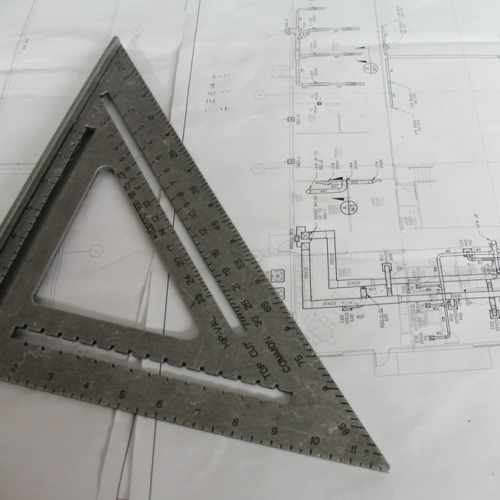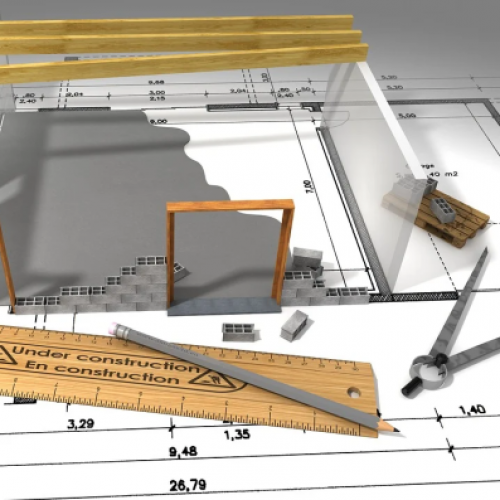I recently had the pleasure of exploring a construction project with no risk:
The owner was led to believe that by using a D&B wrap, all risk was transferred to the contractor.
The general contractor project director explained to me that they had a smart set of back-to-back contract arrangements such that all the risks fell to either the subcontractors or back to the owner.
The subcontractors had no design responsibility and did not take any risks not caused by their own fault.
I imagine the project will fail spectacularly. After the project fails, chances are another £2-5M will be spent on lawyers and experts, only to come to the conclusion the damage should be split roughly down the middle.
If no one is at risk, no one takes responsibility. When no one takes responsibility, projects fail.
Leaders Responsibility
True leaders take responsibility
The Marines follow a famous leadership principle: seek responsibility and take responsibility. This principle allows an essential distinction between responsibility and fault. One must assume responsibility and proactively take action to solve issues regardless of fault. Actively fighting to take responsibility enables leaders to engage and solve problems. The more problems get solved, the better the project performs.
This is as accurate in construction as it is in military operations: risk means responsibility. Responsibility means taking actions that stop risks from materialising.
A leadership lesson
The construction industry in the UK is facing a leadership challenge. We’ve educated a generation of construction leaders to minimise risk.
The problem is that it’s far harder to engage with challenges than to put thin contractual protections in place and then start pointing fingers. The current trend in construction contract management is to try to transfer risk at all costs. General contractors try to shove it down the supply chain or shove it back up to the owner, anything to avoid taking the risk.
It never works.
If a project is substantially late or otherwise failed, everyone will get hit, and the general contractor will get hit hardest of all. There is no way around it, it is in the nature of what a general contractor is.
Risk is not mitigated by closing your eyes or sending it over to subcontractors. Hiding behind contractual theories may kick the can down the road for a couple of years, but eventually the failure will come back with a vengeance.
Risk and reward
It is not surprising that profit follows risk. “No risk no reward” is an adage as old as business itself. But in the construction industry it is even more pronounced.
“No risk” means no responsibility. No responsibility means project failure. Project failure IS the risk.
I have recently been methodologically studying contractors from around the world, displaying exceptional levels of profitability. They all share an unusual appetite for responsibility (and risk).
Tidhar, an Israeli general contractor, began operations in 1990. By the early 2000s, they were a highly profitable billion+ turnover contractor. They are famous for many things, such as leading the way in BIM adoption and their cutting edge planning methodologies. But more than anything, they took responsibility. Their projects typically had co-location requirements for designers. That meant that rather than pushing the ball around, they had everyone sit together in the room and solve the problems.
While effectively allocating risk is important for any contractor, the best builders focus first and foremost on taking responsibility and getting it built.








